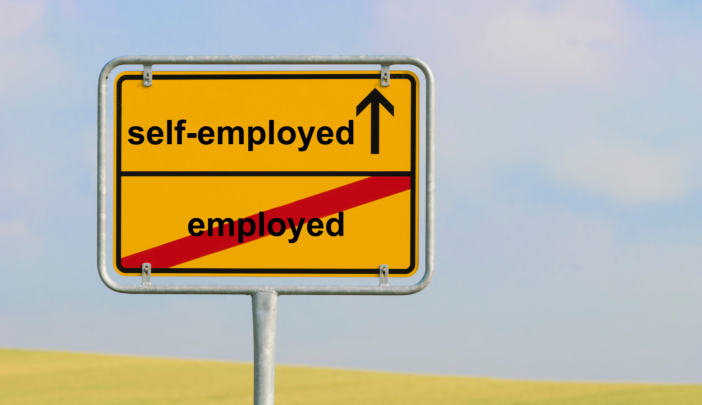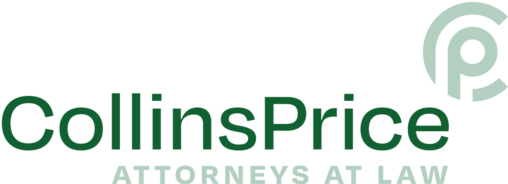
Like claimants employed by another company or person, self-employed people are eligible for Social Security Disability benefits. In fact, self-employed claimants can apply for both Social Security Disability Insurance (SSDI) and the Supplemental Security Income (SSI) programs.
For the purposes of this blog post, we will focus on the SSDI program. To qualify for SSDI, any claimant (self-employed or otherwise) must have sufficient work credits.
What Are SSDI Work Credits?
Disabled workers can apply for SSDI if they have worked long enough and earned sufficient wages over the past 10 years. To be “fully insured” for purposes of eligibility, a worker’s Social Security account must be credited with at least 20 quarters of earnings in the past 10 years. That’s a total of 40 quarters.
If your employer did not report your wages to SSA or file FICA taxes, you may not receive credit for the necessary quarters. If you worked for cash and did not report those wages or pay taxes, you may have a problem establishing enough quarters of coverage.
How do I Pay FICA taxes?
Most workers have FICA taxes withheld directly from their paychecks. These deductions claim 6.2 percent of an employee’s gross pay for Social Security, up to an income threshold commonly termed “maximum taxable earnings.” The 2025 threshold is $176,100. Any earnings above that are not subject to Social Security taxes. The limit adjusts annually based on national changes in wage levels.
There is no comparable earnings maximum for Medicare; the 1.45 percent Medicare tax included in FICA is levied on all your work income. Employers match workers’ Social Security and Medicare contributions.
How do Self-Employed Workers Contribute to Social Security?
If you are self-employed, you are subject to SECA (the Self-Employed Contributions Act) and contribute in a similar way to the SSDI program when you file your annual taxes. Self-employed persons earn one credit for each quarter in which they earn at least $1,730. If your net self-employment earnings are $6,920 or more in a year (regardless of when the earnings were made, since you are self-employed), you earn the yearly maximum of four credits—one credit for each $1,730 of earnings during the year.
If you haven’t earned sufficient credits, you can apply for SSI benefits.
What is Social Security’s Standard of Disability for Self-Employed Workers?
The Social Security Administration (SSA) considers workers who cannot engage in “substantial gainful activity” for at least 12 consecutive months due to severe medical impairments disabled. In 2021, the SGA limit is $1,310/month. Blind claimants can make up to $2,190/month. But, self-employment claims are unique since self-employment work is different than a traditional job.
When self-employed claimants apply for disability, their SGA is classified differently. The SSA applies a standard called “The Three Tests” to determine eligibility. For self-employed workers, SGA is work that:
- Provides significant services to the business and brings in $1,620 or more in average monthly income.
- Is comparable to the work of persons without disability in your community engaged in the same or similar businesses, or
- Is worth $1,620 per month in terms of its effect on the business or what it saves you from having to pay an employee to do the work.
There are other factors that may influence and complicate SGA limits for self-employed claimants. That’s why we recommend working with a qualified disability lawyer who can help you navigate the process. If you are filing for disability, we’d be happy to help. Contact us today for a free consultation!



